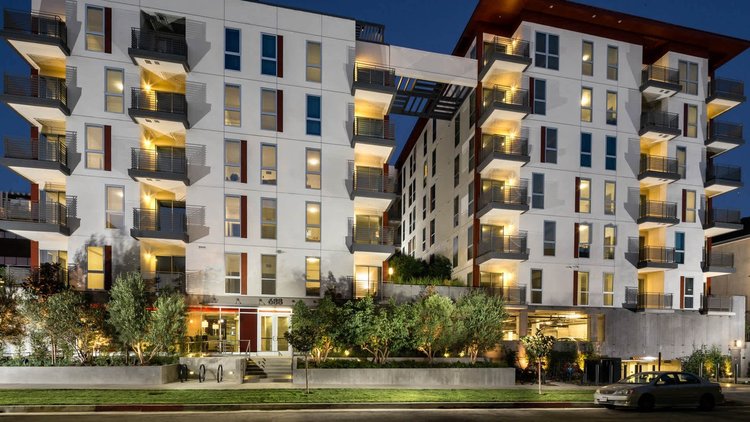
A few weeks ago I wrote about the prospect of the repeal of Costa-Hawkins act in California. This measure is being pushed by tenant rights groups claiming it will help with affordable housing. Although I do believe there is an affordable housing crisis, I do believe that the repeal of Costa-Hawkins would only be a short term relief and significantly hurt affordable housing in the long term. So what can cities do to address the affordable housing crisis?
Cities have many tools available to them, and if utilized correctly can significantly positively impact the affordable housing market. It boils down to simple economics, if a developer can build affordable housing, and make money doing so, then they will. How can cities promote the development? It starts first with the approval process. After the cost of land and actual hard construction costs, the time cost and soft costs are the highest expenses for a developer.
The city of Dallas did this earlier last year. They passed measures to streamline the process to construct affordable housing. By streamlining local administrative review of plans, and lowering the costs of permits they have made it easier for developers to develop low income housing. With faster approval processes and lower costs affordable housing becomes that much more attractive to a developer. Another benefit for streamlining the process is that it minimizes the risk to a developer, and like any other investment development is a risk vs. reward calculation, with lower risk translating to lower demand for returns.
Another way a city can help with affordable housing is by using some of their vacant land, either giving it to a developer, or offering it at a much lower price. Last year Los Angeles announced and emergency action plan for temporary homeless shelters on vacant land they own, and recently they announced a permanent development in Koreatown on land owned by the city. A natural extension of this would be to offer land at reduced prices to developers to develop affordable housing for very low to moderate income households. The offering would be in exchange for very long or permanent title restrictions that the housing built would be only for affordable housing. By doing so, a city can lower one of the main costs and therefore barrier to developing affordable housing. This can have a double impact when the land is by transit corridors with easy access to public transportation, as many affordable housing tenant utilize public transportation and much of the excess land owned by cities is along these corridors.
Parking, a major issue in most cities, especially Los Angeles. New construction requires higher parking requirements; however, with the shared economy booming it has been said that parking will not be needed as much. Cities can lower parking requirements for low income housing, especially along transit corridors, perhaps even offering discounted or free passes to those living in affordable housing along these corridors. This lowers the costs for developers, lessens the environmental impact, and helps with the overall infrastructure of the city.
Allow easier development for mixed use. By creating mixed use zones and offering incentives like one extra story for a mixed use development, it allows developers to maximize the land, increase returns on the retail component of the mixed use development to offset lower returns on affordable housing, and offers the residents additional benefits.
I don’t think anyone would disagree that there is an affordable housing crisis, and with any crisis we have to look “outside the box” for creative means in which we can address it. By having cities assist with incentives it takes away the burden of addressing this from just a few landowners and developers (which is what the repeal of Costa-Hawkins would do), and places it on everyone’s shoulders, making it a burden easier to bear and easier to address.

